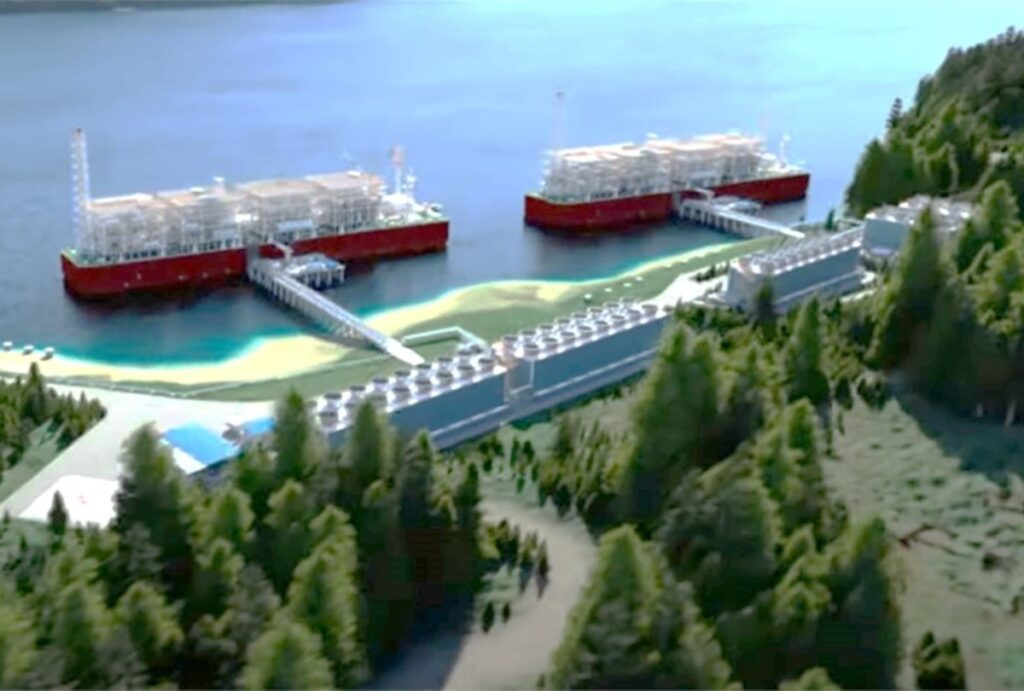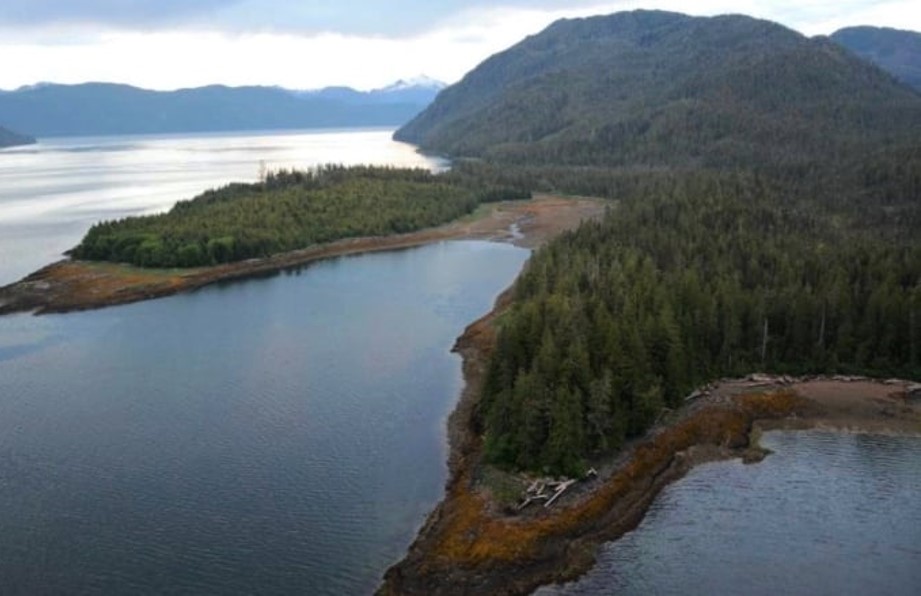
This Article & More by Chris Varcoe Here
Natural gas producers in Western Canada watched closely as the Carney government added the Ksi Lisims LNG development in northern British Columbia to its major projects list on Thursday.
It sets the table for a fourth liquefied natural gas facility that could eventually export supercooled natural gas from Canada to the world.
For Birchcliff Energy CEO Chris Carlsen, it also ushers in a different kind of project — one that will eventually enable a dozen western Canadian gas producers to fetch a global price for their resource.
“It’s recognition of a made-in-Canada LNG project,” said Carlsen, whose company is one of 12 gas producers in Rockies LNG Partners, a consortium that is co-developing the venture with the Nisga’a Nation (which is leading the initiative) and U.S.-based Western LNG.
“We’re really excited about the project because it allows the Canadian producers to have access to global markets for a portion of their gas.”
On Thursday, Prime Minister Mark Carney announced the second series of projects to be referred to the federal Major Projects Office to be fast-tracked, including Ksi Lisims LNG.
The federal government said it expects the project to attract almost $30 billion in investment. Its referral to the federal office also includes the Prince Rupert Gas Transmission pipeline, which will ship western Canadian gas to the facility, and an electrical transmission line to supply power to the development.
A final investment decision on the $10-billion project is expected around the end of this year.
“A lot of major work has taken place in the past five years, getting everything put together,” said Charles Morven, secretary-treasurer for the Nisga’a Nation.
“This announcement gets us so very close to the finish line.”
Despite having huge reserves of cheap natural gas, Canada has been slow to build an LNG sector.
With the startup of the Shell-led LNG Canada project this year, and ongoing construction of two smaller facilities — the Woodfibre LNG and Cedar LNG — and possible expansions in the works, this country is now developing a robust industry that can sell gas to the world .
It comes after natural gas producers in Western Canada have faced feeble prices in recent years due to rising supplies and having access to only one major export market — the United States.
On Wednesday, the Alberta benchmark natural gas price was US$1.26 per thousand cubic feet, compared with $4.46 in the United States and more than $10 in the United Kingdom, according to data from ATB Capital Markets.

“It would help support debottlenecking the western Canadian (gas) markets,” said Dulles Wang of energy consultancy Wood Mackenzie.
“It will be a sizable, a material, impact to the balance of the Canadian gas markets.”Yet, to get to this point hasn’t been an easy journey.
The idea of producers coming together and using their gas volumes to enable an LNG project was first developed last decade, recalled Rockies LNG chair Jeff Tonken, who is also board chair of Birchcliff, a mid-sized gas producer.
At the time, large-scale LNG developments were usually the purview of international supermajors, infrastructure companies and their partners.
“The energy industry is a very tight group of people, and I know we got a number of CEOs together and said, ‘Look, we need to pool our gas, and we need, together, to create a project, because none of us is nearly big enough,’ ” Tonken said in an interview.
“Gas was 20 cents or 30 cents. And so I think when people are all suffering together, they work together. And so that’s what we did.”
If approved by its owners, the development would include a floating natural gas liquefaction and export facility that’s capable of exporting 12 million tonnes per year of LNG to international customers.
It’s expected to start operating in late 2029 and would consume between 1.7 billion to two billion cubic feet (bcf) of natural gas per day, a huge draw for a market in Western Canada that has been facing excess supply and weak prices for years.

It will have one of the lowest carbon intensities of any LNG export project in the world, with the potential to reach net zero by 2030, Carney said.
In September, Ksi Lisims received an environmental assessment certificate from the B.C. government.
Western LNG chief executive Davis Thames said Thursday’s designation by Ottawa will help foreign investors understand that the Canadian government supports the project, at a time when the group is concluding a number of commercial agreements.
The Major Projects Office will also help to serve as, essentially, a single window for interaction and co-ordination with the federal government.
“Here we stand, on the verge of beginning construction, and the Canadian government, through this decision today, says this is a project that we think is nationally important — that’s fantastic,” he said.
For the Canadian gas industry, the LNG projects underway or proposed could eventually export close to seven bcf of gas per day by 2032 — and up to a quarter of all production from Western Canada could be exposed to international prices, said Martin King, RBN Energy’s managing director of North America Energy market analysis.
“It benefits the larger oil and gas industry, it benefits employment, it benefits taxes and royalties, and benefits the provincial and federal governments,” King said.
“It’s getting higher value for a product that, to some degree, we’ve been almost giving away for the past five or six years . . . so, this would certainly be an opportunity to recognize higher prices.”
Chris Varcoe is a Calgary Herald columnist.
Share This:




 CDN NEWS |
CDN NEWS |  US NEWS
US NEWS 































